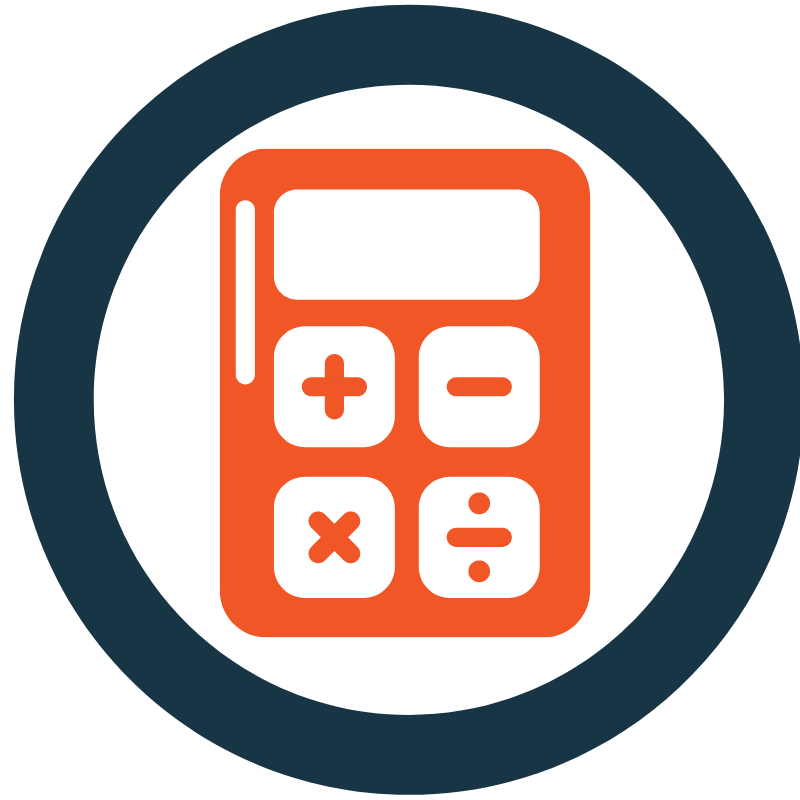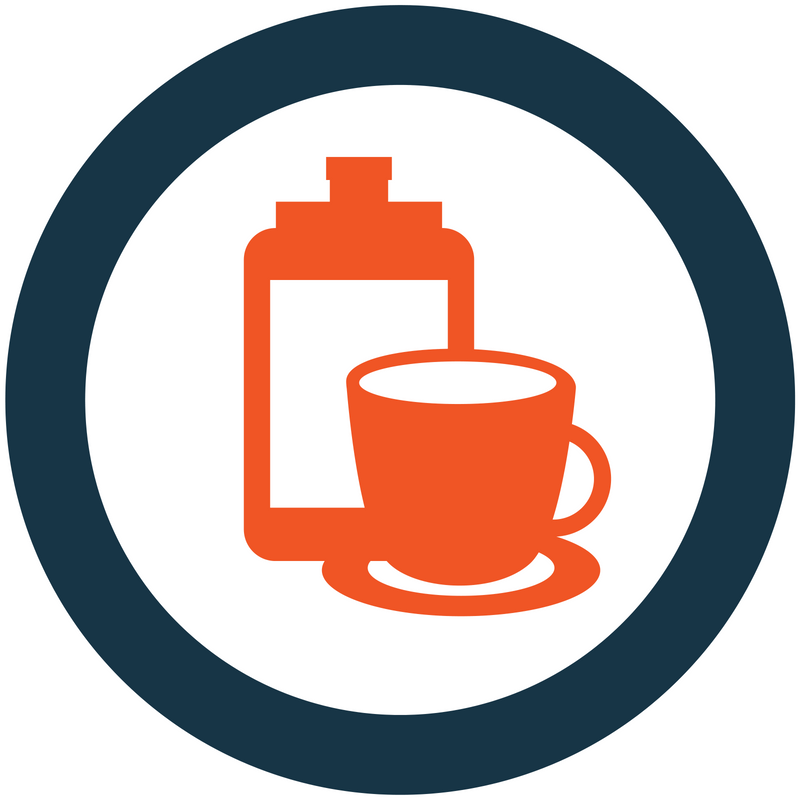
ROI of Promotional Gifts: How to Measure Success?
Published: April 11, 2025Promotional gifts are often perceived as an expense – but in reality, they can be a highly effective marketing investment. The key is knowing how to measure their impact. Although ROI (return on investment) for gifts isn't always easy to quantify, there are concrete ways to assess whether a gift truly contributes to greater brand awareness, sales, or relationship building. In this article, we’ll look at how to set the right goals, track results, and optimize the impact of promotional gifts.
Set Goals: What Do You Want to Achieve with the Gifts?
Before you can measure success, you need to know what you're measuring. Promotional gifts can have different objectives – and each requires its own approach to tracking results.
- Increase brand awareness – do you want people to see and remember your logo?
- Encourage sales or inquiries – do you want to increase the number of purchases, sign-ups, or leads?
- Strengthen relationships – do you want to solidify ties with a customer, employee, or partner?
Without a clear goal, it’s hard to determine whether the gift was effective. A well-defined purpose allows you to choose the right product and distribution method and set realistic expectations.
Use Measurable Elements: QR Codes, Discount Codes, Unique URLs
The easiest way to measure the ROI of promotional gifts is to include a measurable element that enables you to track actual recipient response. This gives you concrete data on how effectively the gift drives action.
- QR code on the packaging or product that leads to a special landing page.
- Unique discount code – tied to a specific event or target group.
- Custom URL (e.g., yourdomain.com/gift2025), where you can track visits, sign-ups, or purchases.
These solutions are especially effective if you’re distributing the promotional gift at events, in packages, or by mail. They also create a more interactive user experience, which increases the likelihood of engagement.
Evaluate Long-Term Value, Not Just Immediate Impact
The ROI of a promotional gift isn’t always immediate. Many gifts have an effect that unfolds over time – through regular use, repeated exposure, and associations with the brand in various situations.
- Highly practical gifts (bottles, notebooks, textiles) often stay in use for months or years – repeatedly displaying your logo.
- Emotional impact of gifts (personal touch, customization) can strengthen loyalty and brand affinity in the long run.
- Indirect effects – increased willingness to collaborate, better response to emails, positive word-of-mouth recommendations.
It’s important to measure ROI not just in clicks or sales, but also in relationship quality, repeated gift usage, and perceived brand value.
Ask the Recipients: Direct Feedback
One of the most effective ways to assess the success of a promotional gift is simply to ask. Direct feedback from customers, employees, or partners helps you understand how the gift was received and whether it achieved its purpose.
- Short questionnaire via email or QR code included with the gift.
- Anonymous internal survey for employees – ideal for internal gifting.
- Informal feedback via sales or support teams (“How did they like the gift?”).
You’ll often be surprised how valuable the insights are from just a few questions. Plus, it shows that you care and are open to improvement – which in itself strengthens your brand’s reputation.
Measurability Brings Power
Promotional gifts can yield exceptional results – but only if we understand what we want to achieve with them and how to track their impact. Measuring ROI may not always be perfectly precise, but basic tools and methods allow for more informed decisions and greater effectiveness.
With clearly defined goals, measurable elements, long-term thinking, and honest feedback, you can turn your gifts from a cost into an investment. And that’s exactly what separates average promotional campaigns from those that leave a lasting impression – and deliver results.









































 Slovenski
Slovenski




